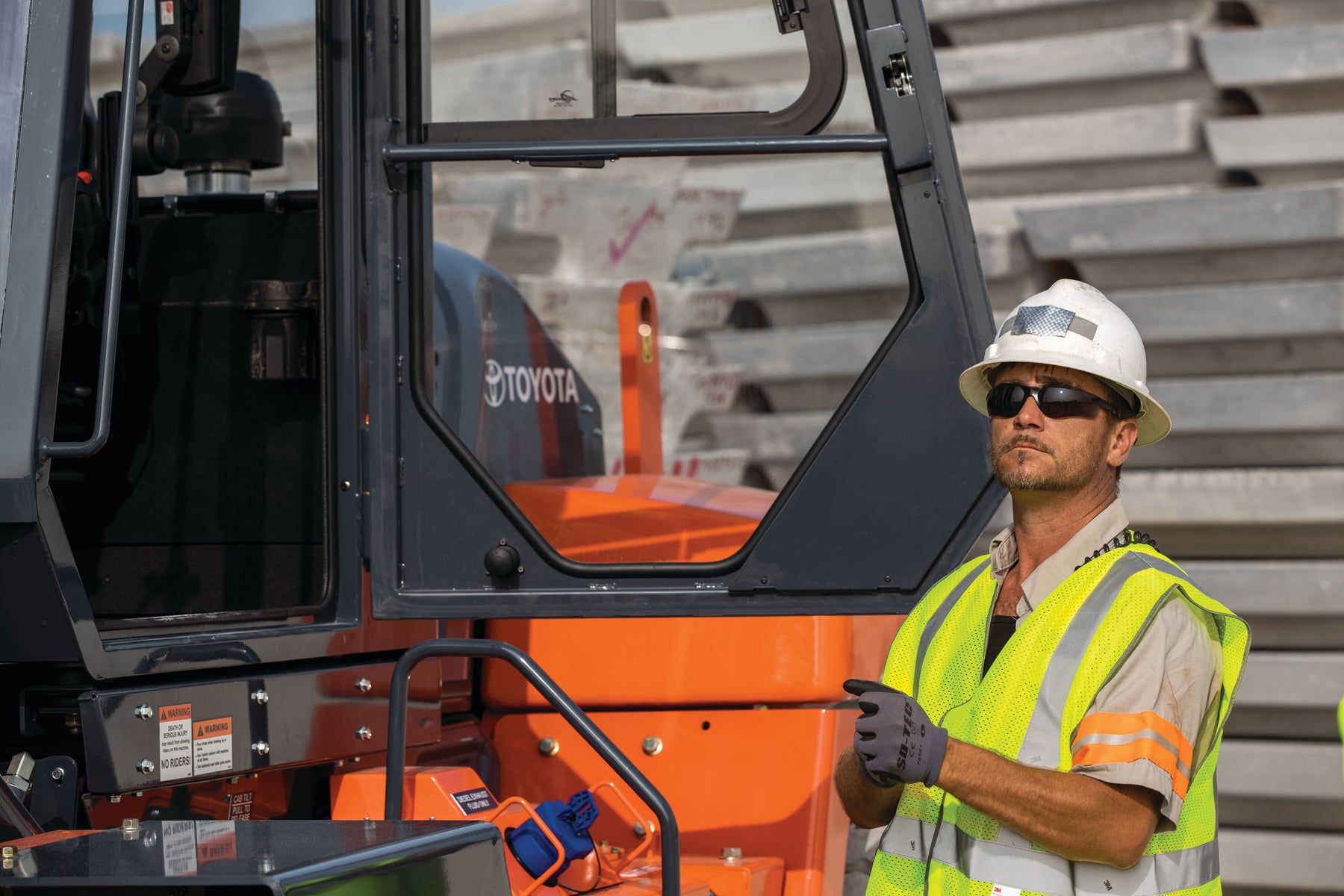
Is Workplace Stress a Risk for Forklift Operators? Part 1
Forklift operation and materials handling are by no means “easy” jobs, and even with safety enhancing technology and ergonomic advancements, an eight-hour shift behind the controls of a walking or ride-on lift truck can be mentally and physically exhausting. But there are some stressors that bring more danger than others, and some workplace pressures can lead directly to progressive musculoskeletal injuries, sudden traumatic injuries, accidents that affect the operators and other bystanders, and — at a minimum — lost productivity for the company. Consider some of the most damaging stressors below and find ways to alleviate these in your warehouse or distribution facility.
Deadline Stress
One of the worst problems and sources of injury and accident can be a flash point during conversations about workplace safety: Time. Workers who are pressured to rush from one task to the next generally bring positive returns to the company…up to a point. Busy workers stay engaged and busy hands accomplish more in an hour than idle ones. But once an invisible line is crossed, deadline stress increases error. When it’s crossed even further, the same stress starts to bring higher rates of minor accidents and near accidents. Further still, and the risk escalates to collisions, tipovers, product damage and serious injuries. Find a way to measure the impact of deadline stress on your teams before it’s too late; start by distributing anonymous surveys a few times per year.
Heat and Cold Stress
Forklift operators typically move around in a single-temperature environment, either indoors or outside. And if your facility functions in a single workspace, you can take easy steps to manage heat and cold stress. For work in hot sun or humid indoor conditions, provide frequent breaks and ventilation systems. For operators who work in refrigerated or outdoor winter conditions, provide protective gear and heated cabs. But what about workers who shift from hot to cold environments all day long? Consider adjusting work schedules, dividing responsibilities, using enclosed cabs, or redesigning workspaces to reduce related injury and error rates.
Training-Related Stress
Most workers feel stressed when they’re asked to navigate situations they’ve never seen before and aren’t prepared to handle. Adequate training can reduce errors and accidents during these moments. For example, do your workers know how to recover a lift truck that’s tipping or sliding down an incline? Do they know how to handle common maintenance problems and system warnings? Do they know how to lift insecure or awkward loads?

